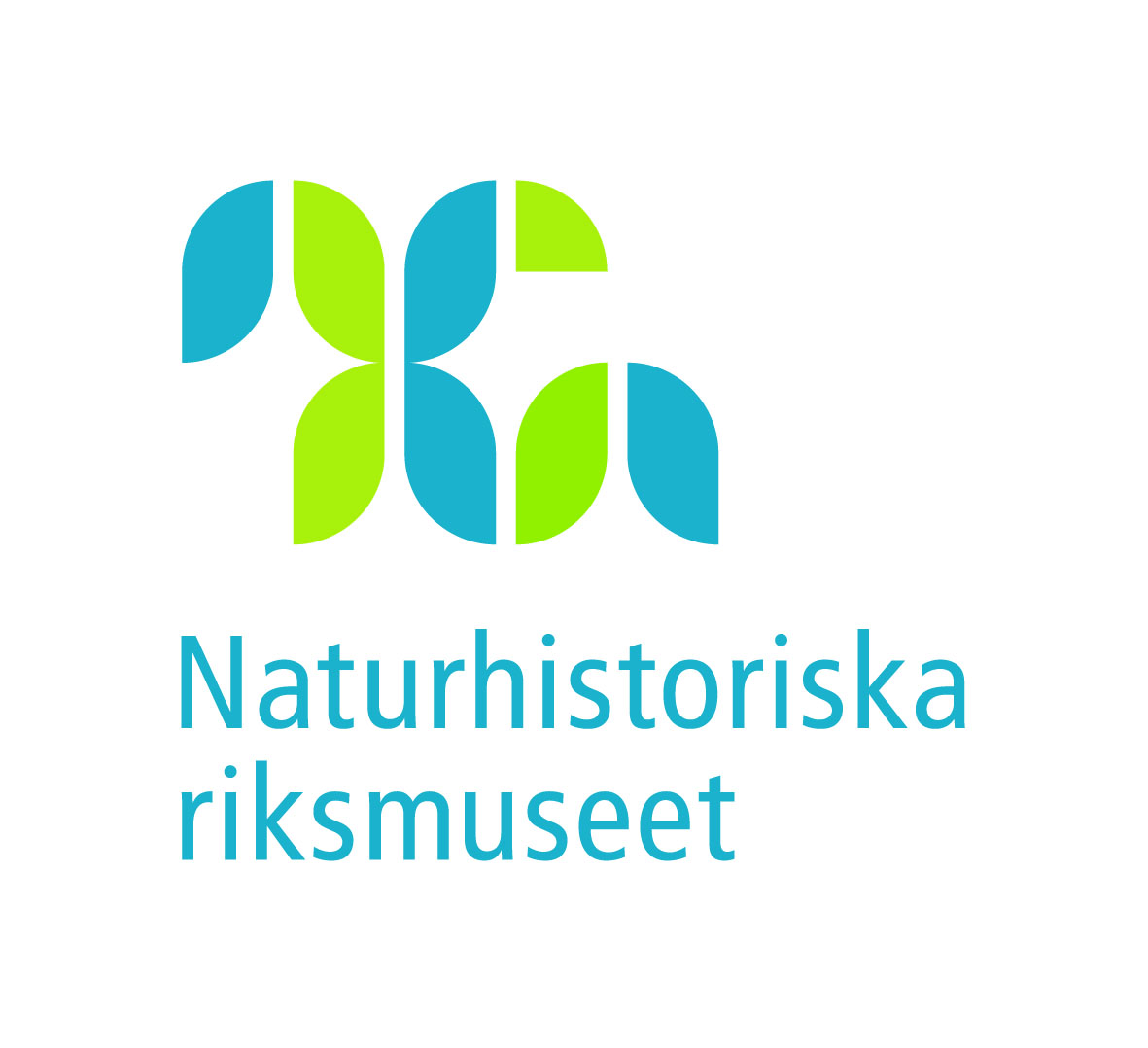
Sweden
Scientific bird ringing started in Sweden in 1911 organised by the Natural History Museum in Gothenburg. Two years later, in 1913, bird ringing was started by the Swedish Museum of Natural History. Several other organisations, including the Swedish Ornithological Society and the Swedish Hunting Association started to organise their own ringing activities a short time later. By the late 1950’s it became increasingly evident that it would be best if the ringing activity in Sweden could be centralised. One reason for this was that the different organisations were finding it difficult to fund the growing ringing activity. It was believed that one central organisation would be more effective, and by using a single address on rings also more easily facilitate international correspondence and administration of recoveries.
At a meeting on 24 January 1959, representatives of the organisations involved discussed the future of ringing in Sweden and all agreed it would be best if Swedish bird ringing were housed at the Swedish Museum of Natural History. From 1960 onwards bird ringing in Sweden has been administrated by the museum in Stockholm.
Volunteers carry out most of the bird ringing activity in Sweden, each holding personal licenses issued by the museum. The total number of licensed ringers were in 2022 about 900. This includes private ringers with licensed helpers and licensed ringers at bird observatories. The number of bird observatories is 20 and the two largest are Ottenby Bird Observatory (started in 1946) and Falsterbo Bird Observatory. A large number of researchers at universities and other institutions are today also licensed and use ringing as methods for their research studies.
The number of birds ringed increased slowly in the early years but during the 1970s and 1980s this increase became more evident. Since the late 1980s the number of birds ringed as well as the ringing activity has been relatively stable with about 300 000 birds ringed annually. At several bird observatories, ringing is carried out in a standardized way making it possible to follow population trends and changes in timing of migration. Some ringers are involved in the national Constant Effort Sites scheme (CES) and many ringers also run species specific projects, especially on owls and raptors. About 20% of the birds ringed are nestlings. The total number of birds ringed in Sweden since the start in 1911 was close to 16 million as of 2021.
Recovery reports of ringed birds are handled continuously by the ringing centre (about 20 every working day) and information from these recoveries is routinely sent to the finder as well as to the ringer. Analyses of ringing data and recoveries are carried out by the ringing centre on a regular basis. Recently we published a study concerning trends in collisions/electrocutions with electrical power lines in Sweden covering the last 30 years by using recoveries. In another study, we have also used ringing data to analyse the changes in timing and reproduction in Pied Flycatchers over a 36-year period. More than 220 000 recoveries (ringers own recaptures not included), have been submitted to Euring Data Bank and made available for the Eurasian African Bird Migration Atlas. Among the most spectacular Swedish recoveries are Arctic Terns found in New Zeeland and Bolivia, Rustic Buntings in China, Little Ringed Plover in India, Little Gull and Little Stint in North America.
Bird ringing provides a great example of what is achievable through a Citizen Science project and we thank all the ringers, past and present, for their dedicated work to collect the data and to everyone that has reported ringed birds and by that contributed to increase our knowledge of birds.
Contact the scheme: bird.ringing@nrm.se